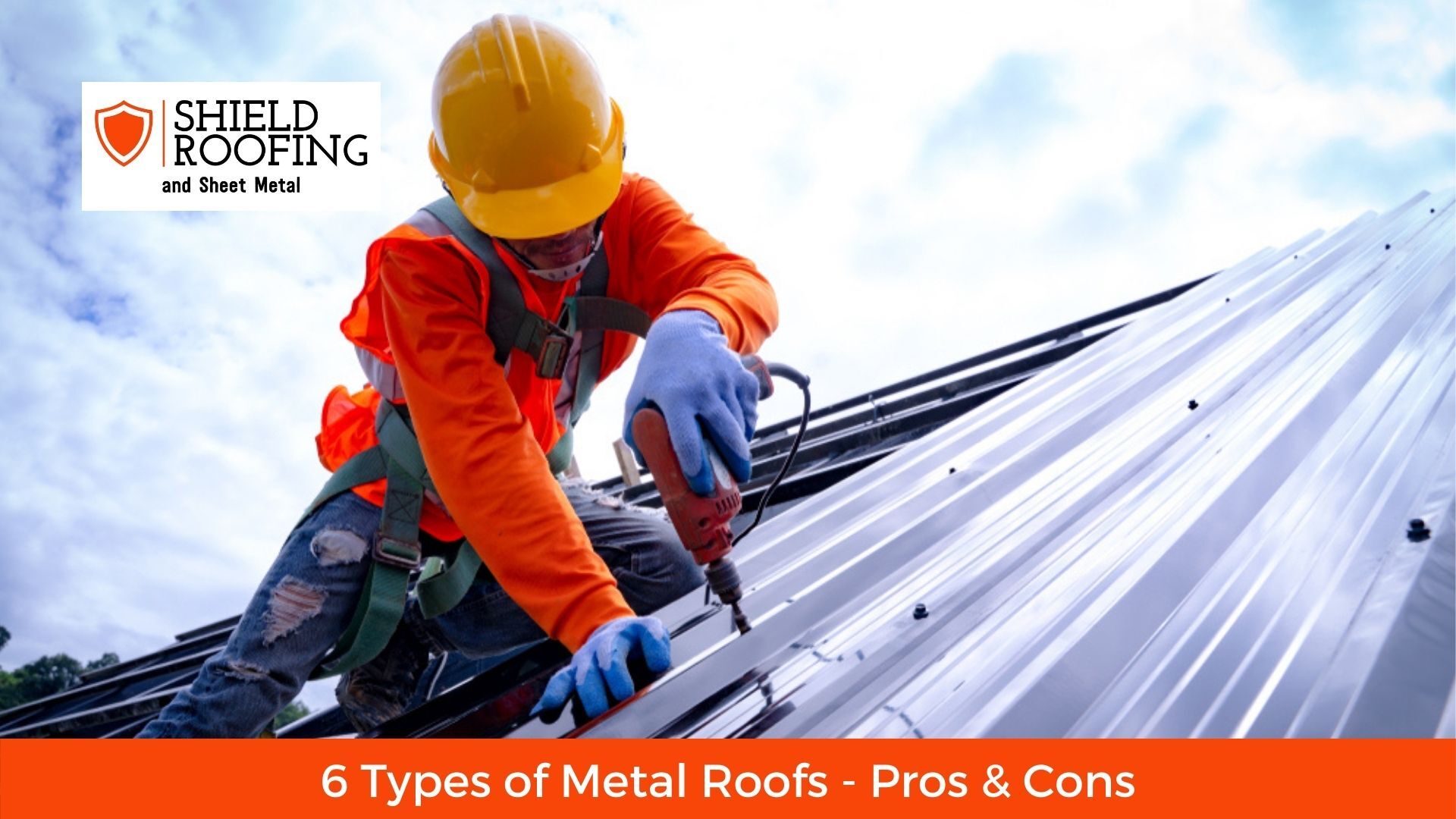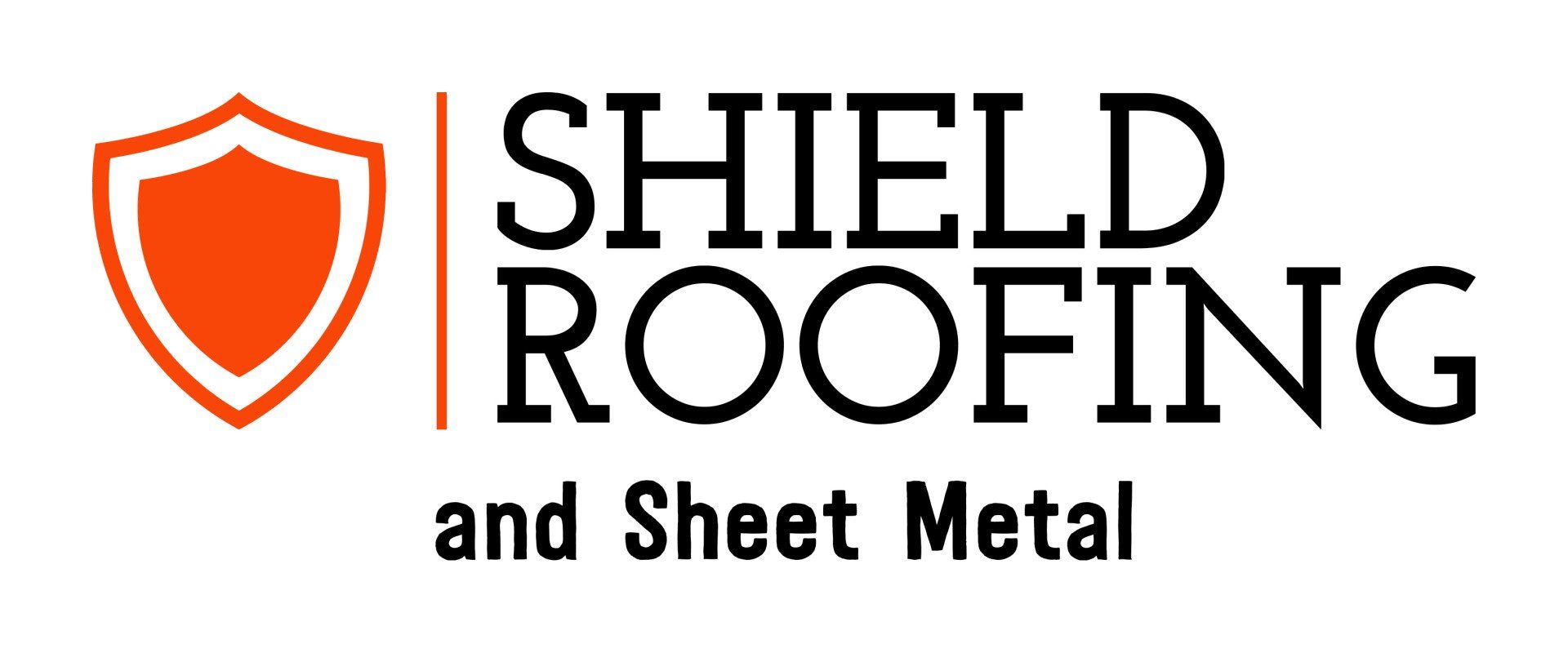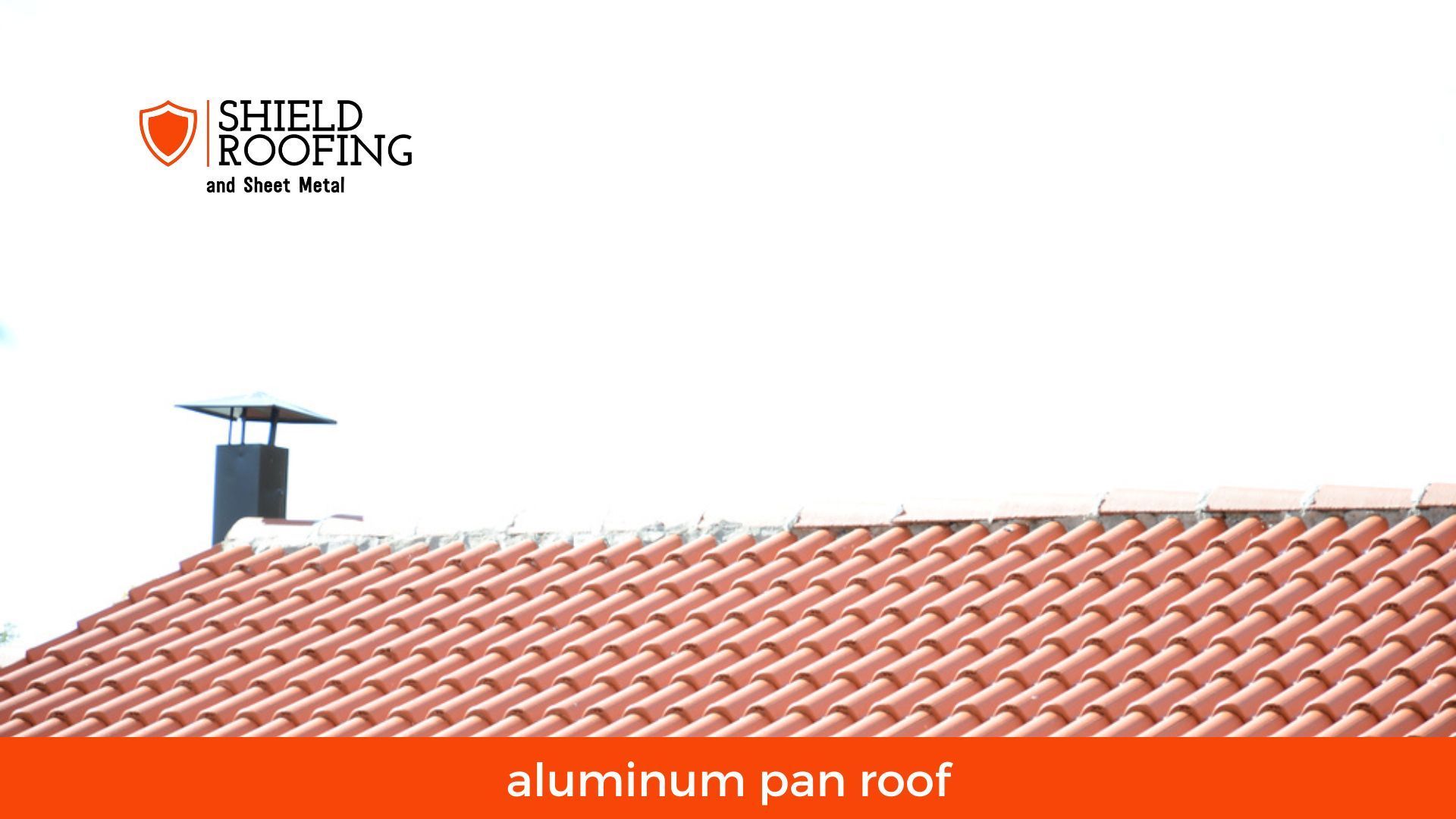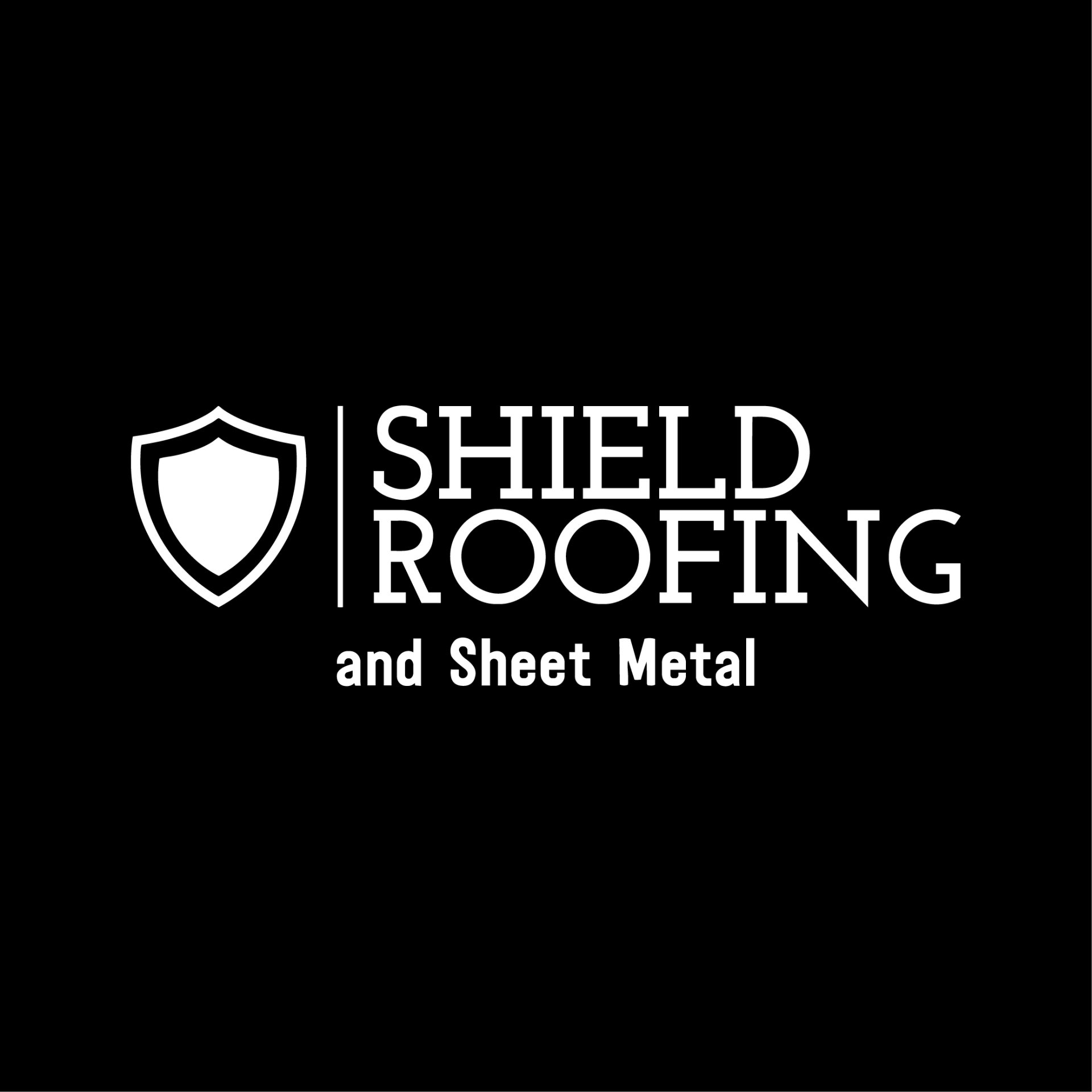6 Types of Metal Roofs - Pros & Cons
6 Types of Metal Roofs

There are many different types of metal roofs on the market today. Some are more popular than others, but each has its unique benefits and drawbacks. In this blog post, we will discuss six different types of metal roofing and discuss the pros and cons of each.
Most Common Types of metal roofs
- Aluminum Roofing
- Steel Roofing
- Copper Roofing
- Zinc Roofing
- Tin Roofing
- Lead Roofing
Aluminum Roofing
Aluminum is one of the most popular metal roofing materials, thanks to its low weight and durability. It is also non-corrosive, meaning it will not rust or corrode over time. However, aluminum roofs are not very heat resistant and can get quite hot in direct sunlight.
Pros:
- Low weight: One of the lightest roofing materials available
- High durability: Can last up to 50 years with proper maintenance
- Non-corrosive.
Cons:
- Poor heat resistance: It can get quite hot in direct sunlight
- Expensive: One of the more expensive roofing materials
Steel Roofing
Steel is a strong and durable material perfect for both homes and businesses. It is also fire-resistant and weather-proof, making it a great choice for any climate. However, steel roofs can be quite heavy, so they may not suit homeowners with limited strength or mobility.
Pros:
- Strength and affordability: Steel is a strong and affordable material
- Fire-resistant: Steel is resistant to fire
- Weather-proof: Steel can withstand any weather condition
Cons:
- Weight: Steel roofs can be quite heavy
- Installation: Requires special installation techniques and equipment
Copper Roofing
Copper roofs are known for their beautiful appearance and long lifespan. They are also very low maintenance and do not require much upkeep over the years. However, copper roofs can be quite expensive to install and may not be within everyone's budget.
Pros:
- Longevity and beauty: Copper roofs can last for up to 100 years and are very beautiful when installed correctly
- Low maintenance: Copper roofs do not require much upkeep over the years
Cons:
- Expensive to install: Copper roofs can be quite expensive to install, especially if the home is already outfitted with a roofing system
Zinc Roofing
Zinc roofs are a great choice for a durable and long-lasting roof. They are also fire-resistant and environmentally friendly. However, zinc roofs can be quite expensive and may require more maintenance than other options on this list.
Pros:
- Durable: Zinc roofs can last for decades with proper maintenance
- Fire-resistant: Zinc roofs are resistant to fire, making them a great choice for those who live in areas with high fire risk
- Environmentally friendly: Zinc is a natural element that does not release toxins into the environment
Cons:
- Expensive: Zinc roofs can be quite expensive, especially compared to some of the other options on this list
Tin Roofing
Tin roofs are a popular choice for a durable and low-maintenance roof. They are also affordable, making them a great option for those on a budget. However, tin roofs can be quite noisy during rainstorms or hail storms.
Pros:
- Durable: Tin roofs can last for up to 50 years, making them a great investment
- Low-maintenance: Tin roofs require very little maintenance, which can save you money in the long run
- Affordable: Tin roofs are much more affordable than some of the other options on this list
Cons:
- Noisy: Tin roofs can be quite noisy during rainstorms or hail storms, which can be a major downside for some people.
Lead Roofing
Lead roofs are known for their durability and low maintenance. They are also fire-resistant and weather-proof, making them a great choice for any climate. However, lead roofs can be quite heavy, so they may not suit homeowners with limited strength or mobility.
Pros:
- Durable: Lead roofs are known for their durability and low maintenance.
- Fire-resistant: Lead roofs are also fire-resistant, making them a great choice for any climate.
- Weather-proof: Lead roofs are weather-proof, making them a great choice for any climate.
Cons:
- Heavy: Lead roofs can be quite heavy, so they may not suit homeowners with limited strength or mobility.
Conclusion
Metal roofs come in various types, each with its benefits and drawbacks. Suppose you are considering installing a metal roof on your home or business. In that case, it is important to understand the different types available to make the best decision for your property. We hope this article has helped you know more about the different types of metal roofs and their respective advantages and disadvantages. For more information or to get a free quote, contact us today!






